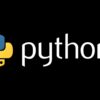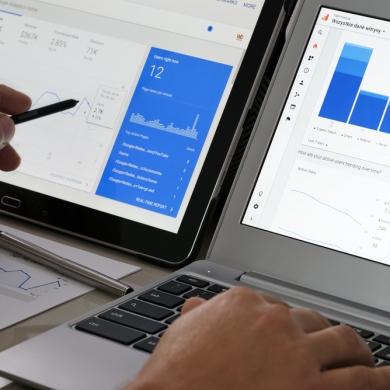As organizations are moving to the cloud, a vast amount of sensitive data is being exposed in poorly secured cloud deployments. Many organizations are using multiple clouds but have not adapted their cybersecurity policies and procedures to appropriately secure such a large and diverse attack surface. As a result, cloud-based data breaches are on the rise as cybercriminals take advantage of misconfigured cloud security controls.
Securing massive cloud deployments requires a new approach to security. While many organizations need to perform distributed processing of sensitive data in order to take maximum advantage of their cloud investment, this processing rarely requires full access to this sensitive data.
By taking advantage of tokenization, an organization can dramatically decrease the organizational risk associated with their cloud deployment. Centralizing storage of sensitive data into a single, private cloud minimizes its attack surface, but use of tokenized values enables distributed processing on public clouds without risking exposure of this sensitive and valuable data.
The Expanding Cloud Landscape
The use of cloud computing for business purposes has expanded dramatically in recent years. Nearly every business has at least some resources or data moved to the cloud, and many of them are using multiple different cloud platforms.
In fact, 84% of organizations have currently adopted a multicloud strategy. This decision is largely driven by the desire to take advantage of cloud environments that are optimized for a particular application or use case. Certain cloud vendors have worked to own niche markets, and customers that need to operate in multiple niches require multiple vendors. When trying to take advantage of the scalability and cost savings promised by the cloud, it makes sense to choose a platform that provides the greatest return on investment.
Challenges in Cloud Security
However, the decision to use multiple clouds also has a dramatic impact on an organization’s ability to secure their cloud investment. In the cloud, a customer shares the responsibility for security with their cloud service provider (CSP).
In general, the CSP is responsible for securing the underlying infrastructure up to the level that the customer controls, which varies based upon the “as a Service” offering that the customer is leasing. Securing everything above this level is the customer’s responsibility.
In general, CSPs do a great job in providing their customers with the information and tools necessary to secure their cloud environments. However, these technical details and tools vary from CSP to CSP. When an organization has an average of five different clouds, maintaining consistent visibility and security controls across their entire multicloud environment becomes a significant challenge.
As a result, it should come as no surprise that data security is a major challenge for cloud users. In fact, over half (52%) of cloud customers have been the victim of a data breach. When data is scattered over and flowing between multiple different cloud environments, maintaining visibility and control becomes extremely complex.
In an environment like the cloud, where an organization’s sensitive data and resources are on a platform outside of their network perimeter and accessible from the public Internet, a lack of data visibility and control is a serious problem. As organizations continue to migrate sensitive and valuable data to cloud environments, a new approach is needed to help ensure the security of this data and protect against potential data breaches.
Protecting Sensitive Data with Tokenization
Not all clouds are created equal. Some cloud environments have been optimized for certain use cases and prioritize efficiency and availability. Others enable an organization to take advantage of a higher level of data security at the potential cost of additional overhead and a loss of some efficiency. Securing a cloud deployment requires a careful consideration of the features of each environment and making the right choice for a certain use case.
One of the major differentiators between different cloud environments is whether a user is operating in a public or private cloud environment. In a public cloud, the underlying infrastructure is shared between multiple customers, while, in a private cloud environment, an organization has exclusive use of their hardware.
By leveraging a hybrid cloud environment, combining both private and public clouds, an organization can take advantage of the security benefits of private cloud while reaping the operational benefits of the public cloud. By storing sensitive data only on the private cloud (or in an on-premises datacenter) and only processing tokenized data on the public cloud, an organization can dramatically reduce their potential for a data breach. However, when needed, sensitive data can easily be retrieved from the private cloud, based upon a certain tokenized value, ensuring access to the data when required.
Securing Data in the Cloud
Data protection regulations are growing more stringent, and the move to the cloud expands an organization’s attack surface. These transitions make it vital for organizations to reconsider their current cybersecurity strategies and to take steps to update their policies and procedures to fit their new operating environments.
Many organizations are operating in multicloud environments, making it difficult or impossible to maintain visibility and control over their sensitive data. Regaining control over their data requires taking a new approach. Making use of tokenization to enable centralized storage of sensitive data but distributed processing of tokenized values enables an organization to balance their needs to secure their data and to extract maximum value and return on investment from their cloud deployment.







